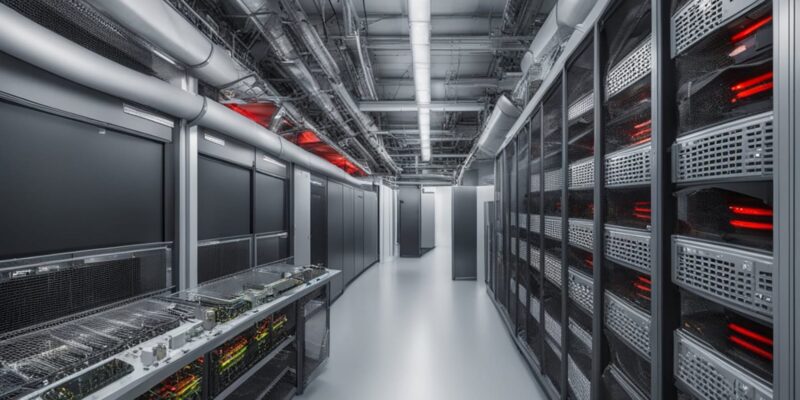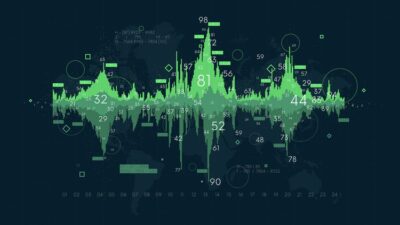Data centers have powered the digital age, storing an almost incomprehensible amount of data. However, this comes at the cost of high resources and energy consumption! As consumer sentiments move towards sustainability and carbon-free living, a data center business must evolve. Energy draw puts a significant strain on natural resources, while also incentivizing non-renewable sources. These realities have directed data centers, along with data center architects, to find solutions in design. Here is a deeper dive into a data center’s relation with energy:
Why Do Data Centers Demand High Energy?
A data center is expected to always be online. They constantly process, store, and transmit petabytes of data, every single day. The machines required to do this – from servers to storage – demand high energy to power such operations. A data center is built to be reliable. Any downtime can lead to significant harm to an associated business, and may even risk customer data. This has pushed data center architecture towards various security and redundancy measures. As the world grows increasingly technological, this data center energy draw is expected to grow!
Requirement of Longer Autonomy Periods
Reliability and consistency are what leads to a smoothly operating data center. This involves accounting for potential power outages. If there is ever a scenario that a data center is disconnected from an energy grid, they must have enough backup power sources to ensure an uninterrupted service. This consideration comes from the mind of an architect. Efficient energy storage solutions, those that do not compete with server spaces, are a must. Prolonged autonomy not only guarantees the continuous functioning of critical operations but also enhances the resilience of data centers in the face of unforeseen disruptions.
Heating and Cooling Challenges
A side effect of the immense data processing is heat. The energy consumption results in an equally high amount of heat generation that requires control. Robust cooling systems can help maintain optimal temperatures, however these in turn demand a separate energy draw. Architects must incorporate innovative solutions for efficient heat dissipation, including strategic airflow designs, advanced cooling technologies, and the integration of energy-efficient HVAC systems to create a sustainable thermal environment within the data center.
The Solution?
Stendel + Reich data center architecture incorporates various innovative solutions to tackle energy concerns! This begins with solutions in design that optimize airflow, negate hotspots, and strategically position equipment to counteract heat buildup. Modularity can also help, allowing data centers to scale down when demands are low. Finally, solutions exist in sustainable energy options! Integrating solar panels can help a data center harness renewable energy, de-incentivizing non-renewable sources.












